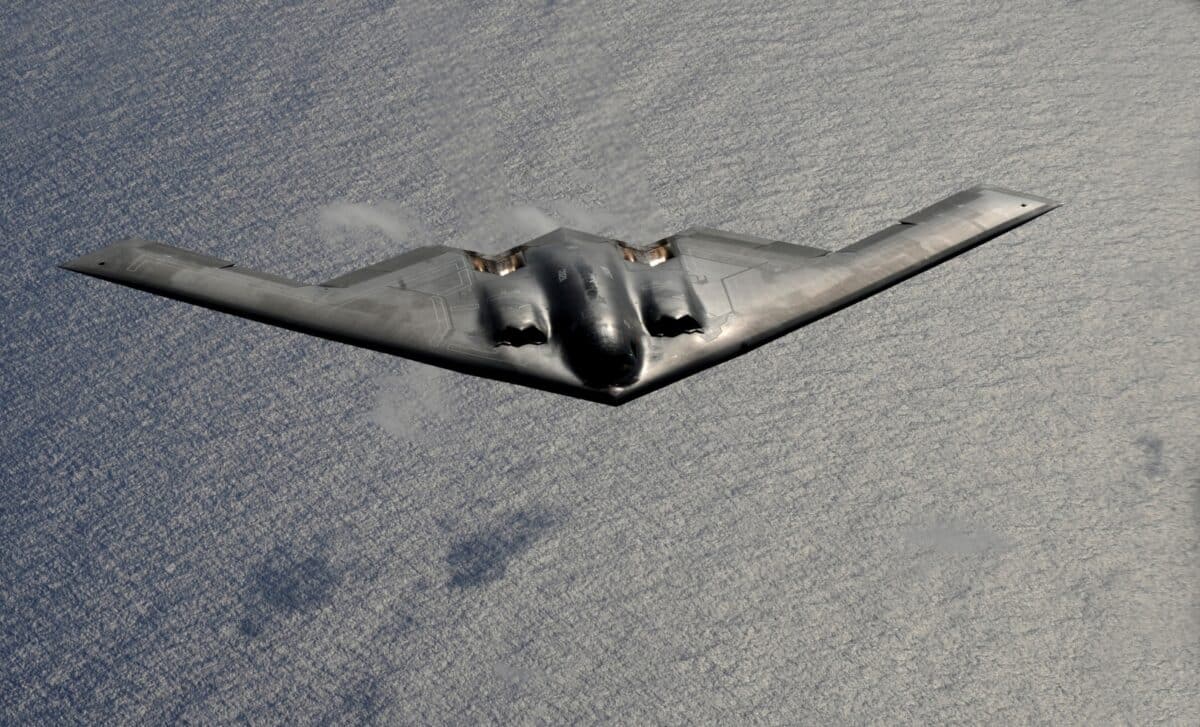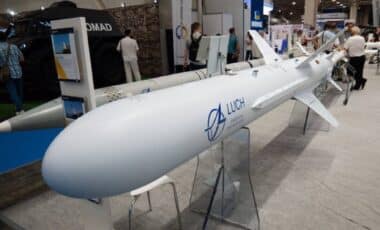The U.S. military has found itself thrust back into conflict in the Middle East after a series of airstrikes targeted Iranian nuclear sites. The strikes, which included the use of bunker-buster bombs on the Fordo facility, have heightened tensions in the region, with American forces bracing for retaliation. This escalation comes as the U.S. military was expected to pivot away from prolonged involvement in the region.
The U.S. military’s recent strikes on Iran signal a dramatic shift in the ongoing tensions between the two nations. The Pentagon is preparing for potential retaliation, as over 40,000 U.S. troops are stationed across the Middle East, and the strikes have placed military bases on high alert. The use of specialized weapons like the GBU-57 Massive Ordnance Penetrator, a bomb designed to destroy deeply buried facilities, underscores the seriousness of the escalation, reports The New York Times.
U.S. Bombs Iran’s Nuclear Sites: Will This Spark the Next World War?
A Sudden Return to Combat
The airstrikes on Iran’s nuclear facilities, including the Fordo site, represent a sharp deviation from the U.S. military’s anticipated de-escalation from the Middle East. The strikes, carried out by six B-2 bombers and Navy submarines, were part of years of planning by U.S. Central Command. According to U.S. officials, the facility at Fordo, heavily fortified underground, was hit with multiple bunker-buster bombs, rendering it “taken off the table.” This marked the first time these specialized bombs had been used in combat.
The timing of the attacks came shortly after Israel had conducted its own airstrikes on Iran, but the U.S. strikes were more significant, with U.S. forces taking a much larger role in the operation. The attack has brought the U.S. military back to a war footing, one it had been working to move away from after two decades of ongoing conflicts in the Middle East. According to a senior U.S. official, the strikes were intended to neutralize Iran’s nuclear capabilities, though they are expected to lead to increased Iranian retaliation.
Iran’s Threats of Retaliation
Iran has vowed to respond to the U.S. airstrikes, with officials stating that they would strike American military bases in the Middle East. According to U.S. intelligence sources, Iran has been preparing for such a move, with missiles and other military assets positioned within range of U.S. bases in Bahrain, Qatar, and the United Arab Emirates. The U.S. military has already begun fortifying air defenses in the region in anticipation of these retaliatory actions.
In particular, the Strait of Hormuz, a vital shipping route through which a significant portion of global oil passes, is a key point of concern. Iranian officials have previously threatened to block the strait, a move that could disrupt global energy markets. The U.S. military has taken precautions, dispersing minesweepers and other naval assets to avoid potential attacks. This threat of a shutdown of the strait only increases the stakes of the ongoing conflict.
The U.S. Military’s Response
In response to the heightened threat, the U.S. has ramped up its military presence in the region. Fighter jets, including F-22, F-16, and F-35 aircraft, have been deployed from bases in Europe to reinforce U.S. air defenses. Additionally, two U.S. aircraft carriers—the USS Carl Vinson and the USS Nimitz—are positioned in the Arabian Sea, with the Nimitz having rushed to the region after canceling a scheduled port call in Vietnam. The Carl Vinson is carrying 60 aircraft, including F-35 jets, which will be ready to respond to any further escalation.
These moves indicate that the U.S. is preparing for a prolonged military presence in the region, with additional support in the form of refueling aircraft sent to Europe to assist the fighters deployed to the Middle East. According to U.S. officials, American forces in the region are on alert, and commanders are prepared to respond to any further Iranian escalation in the coming days.








